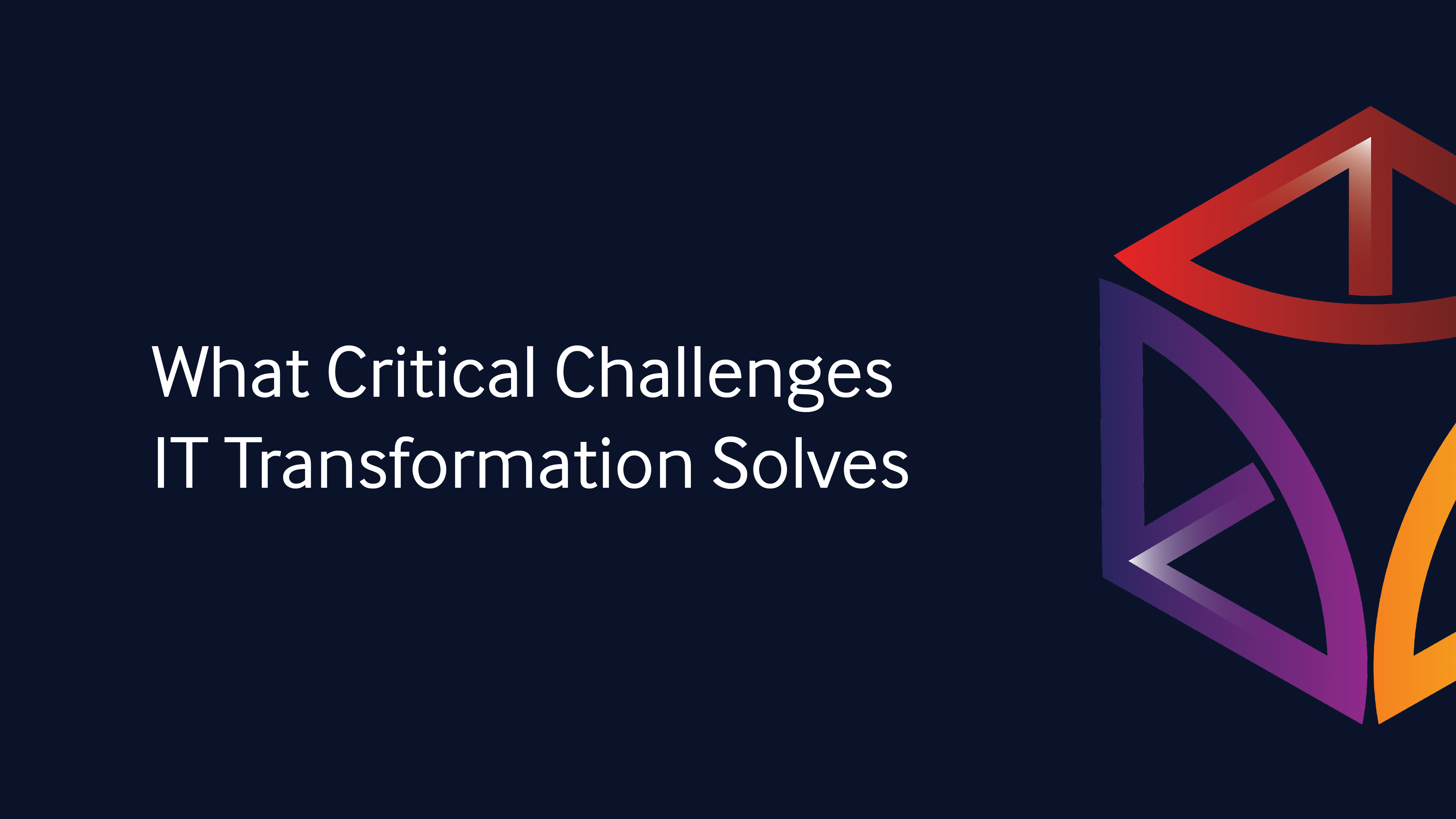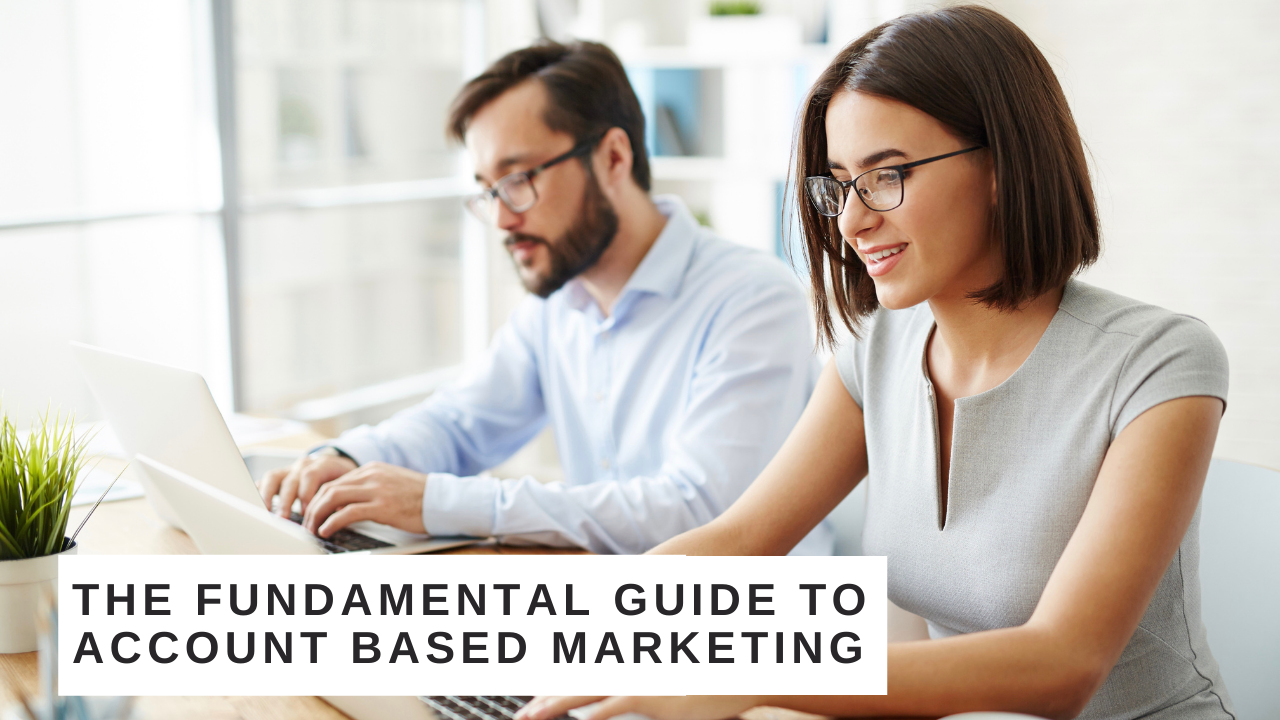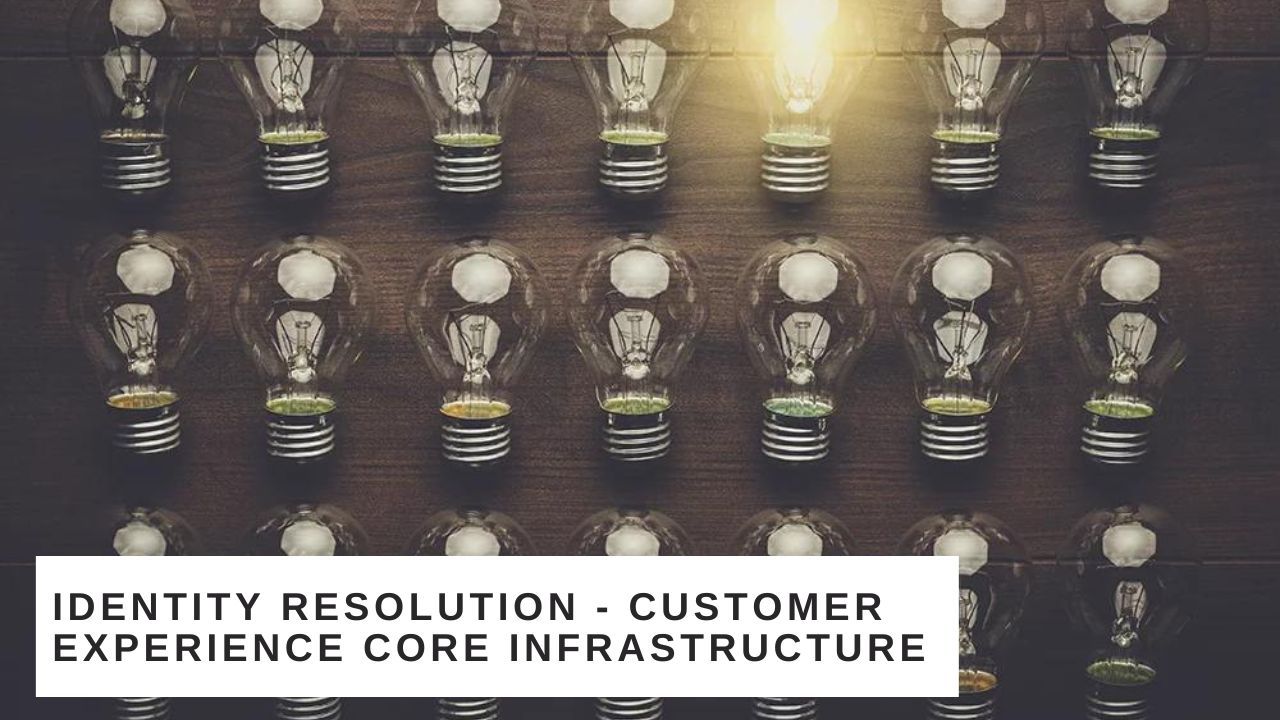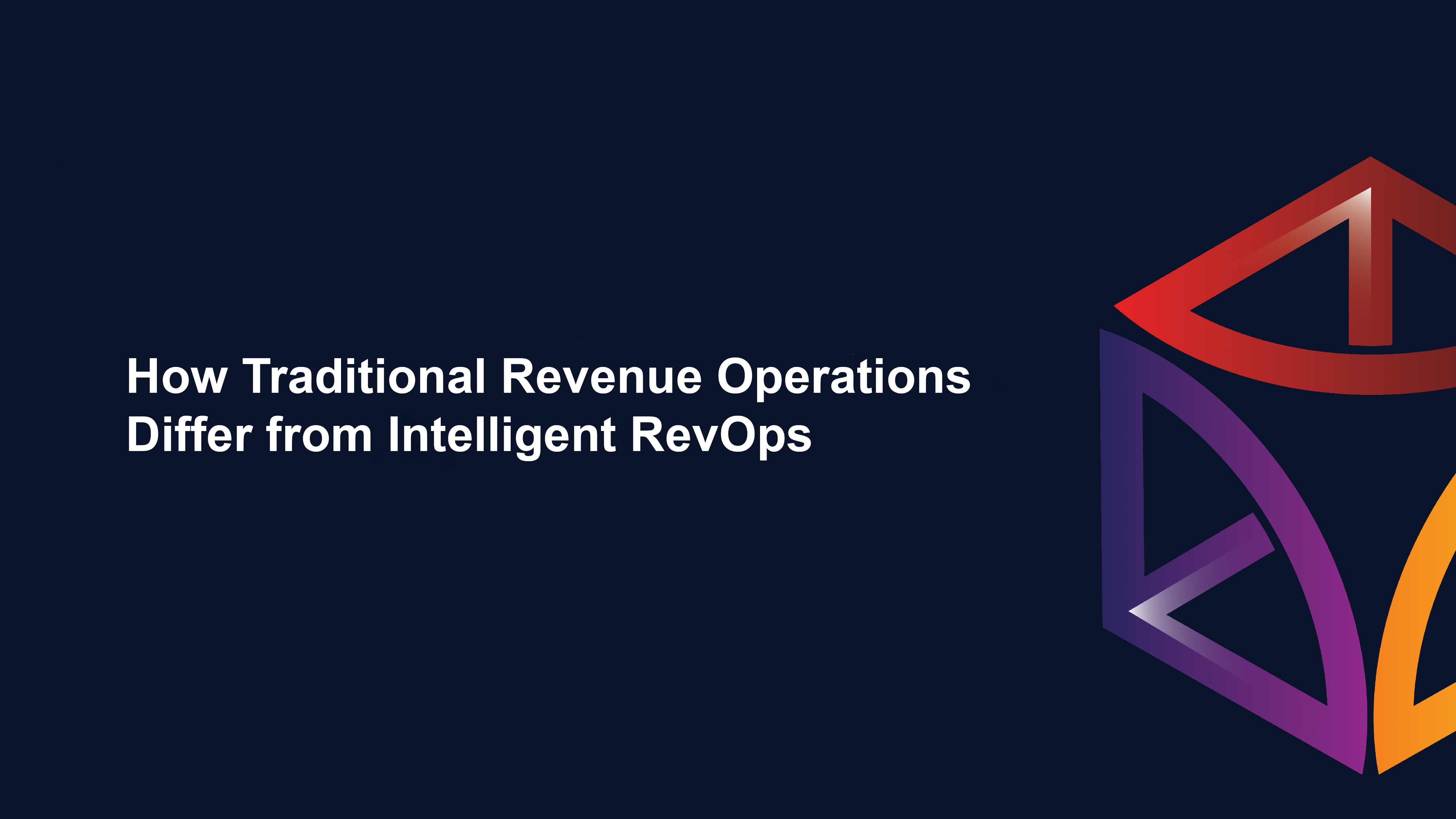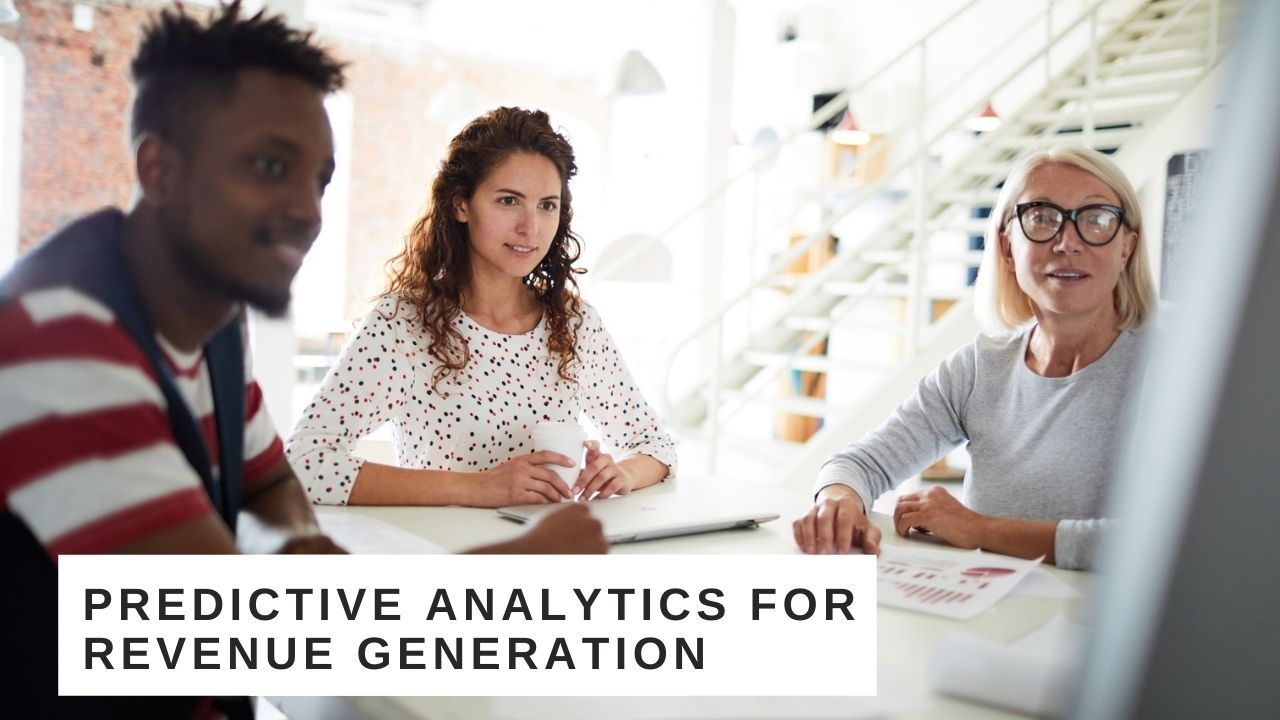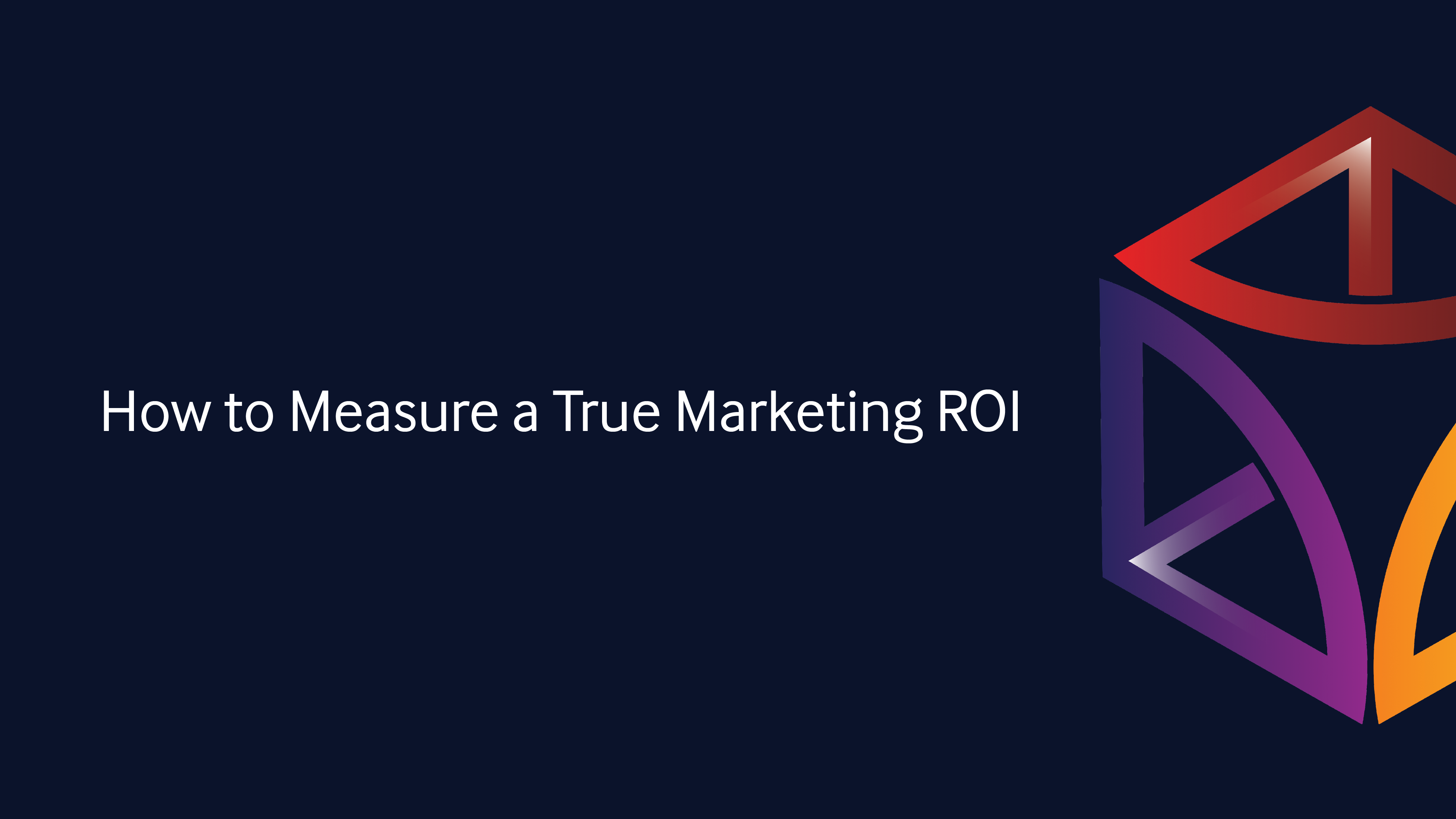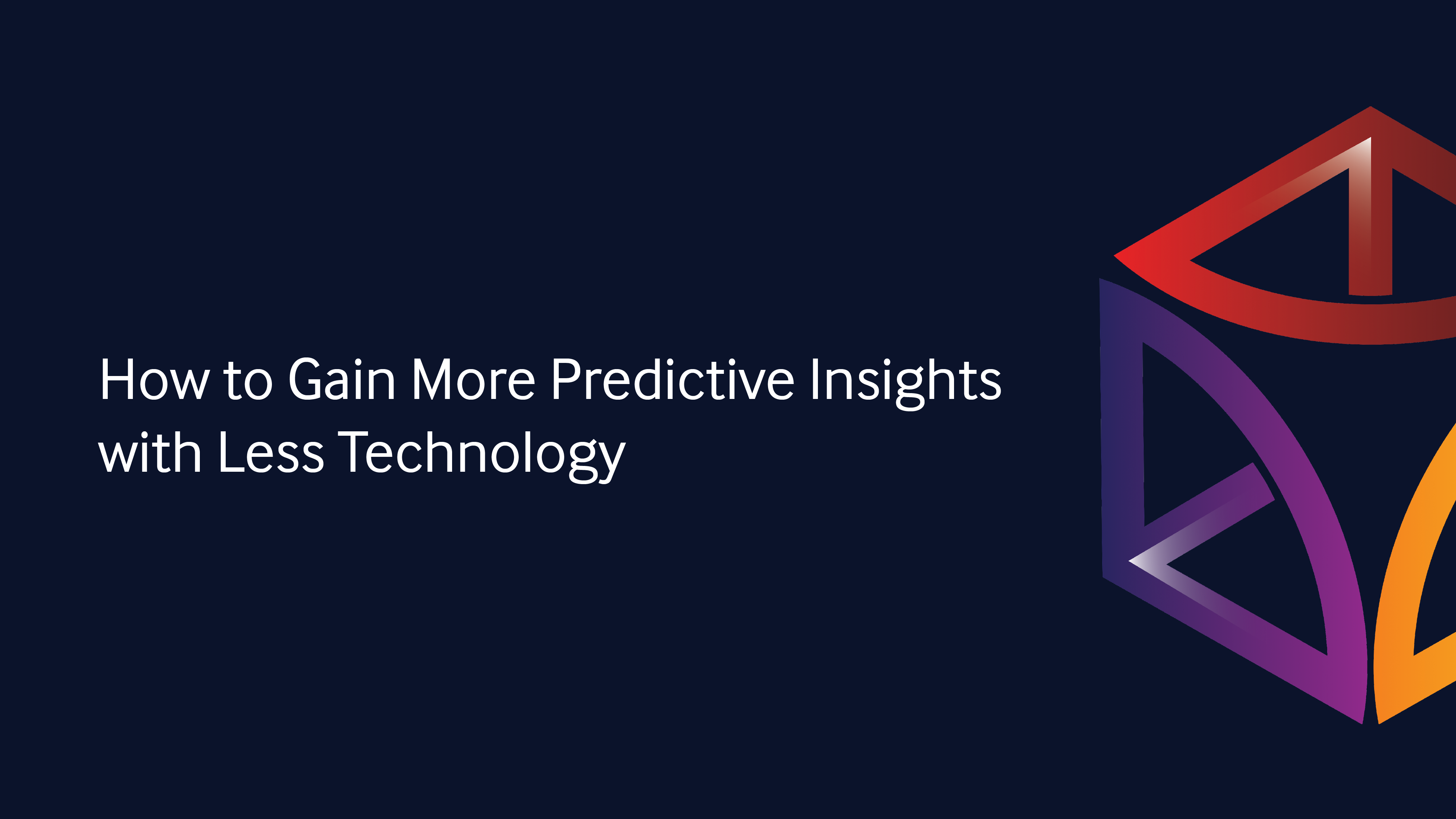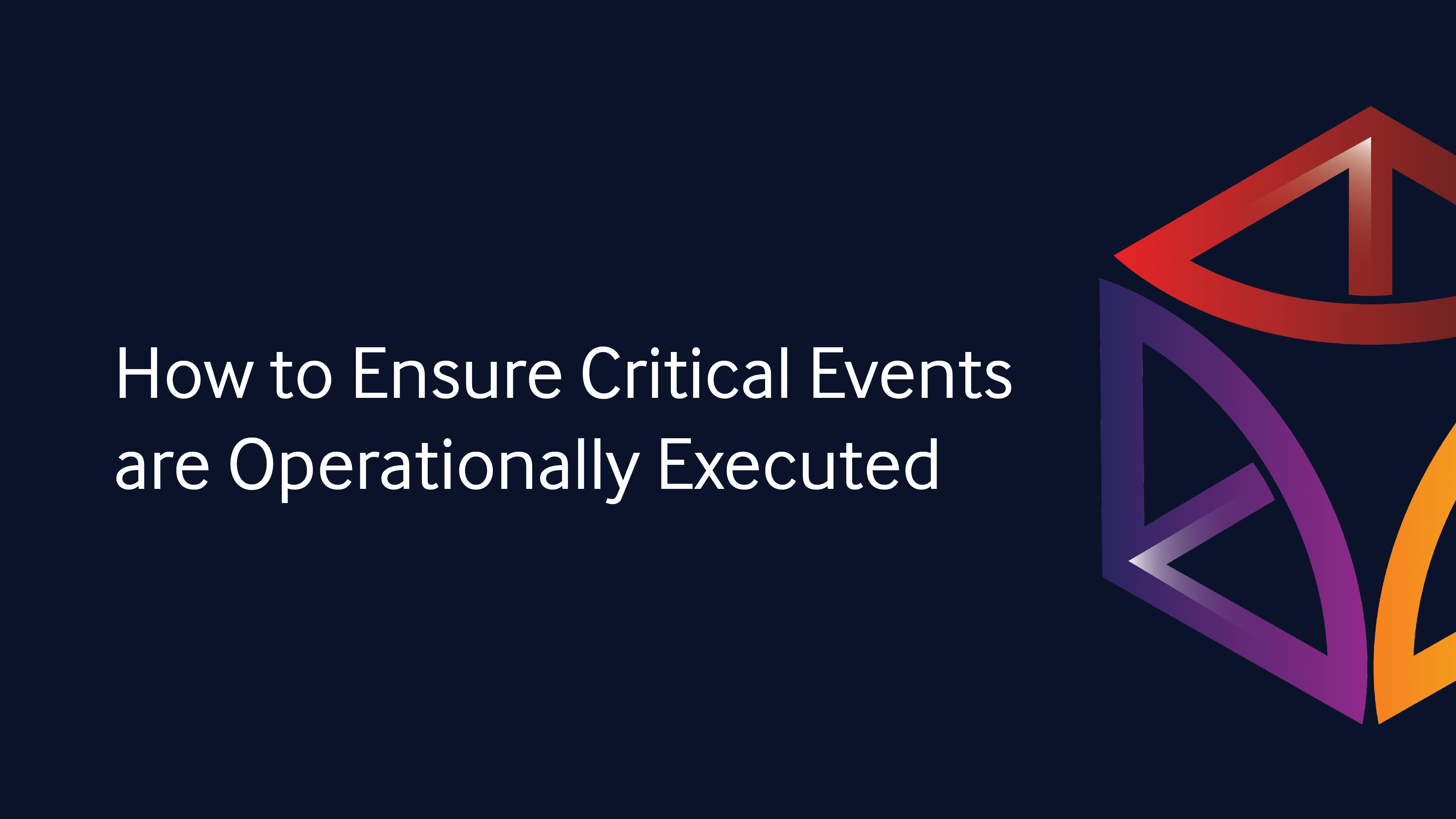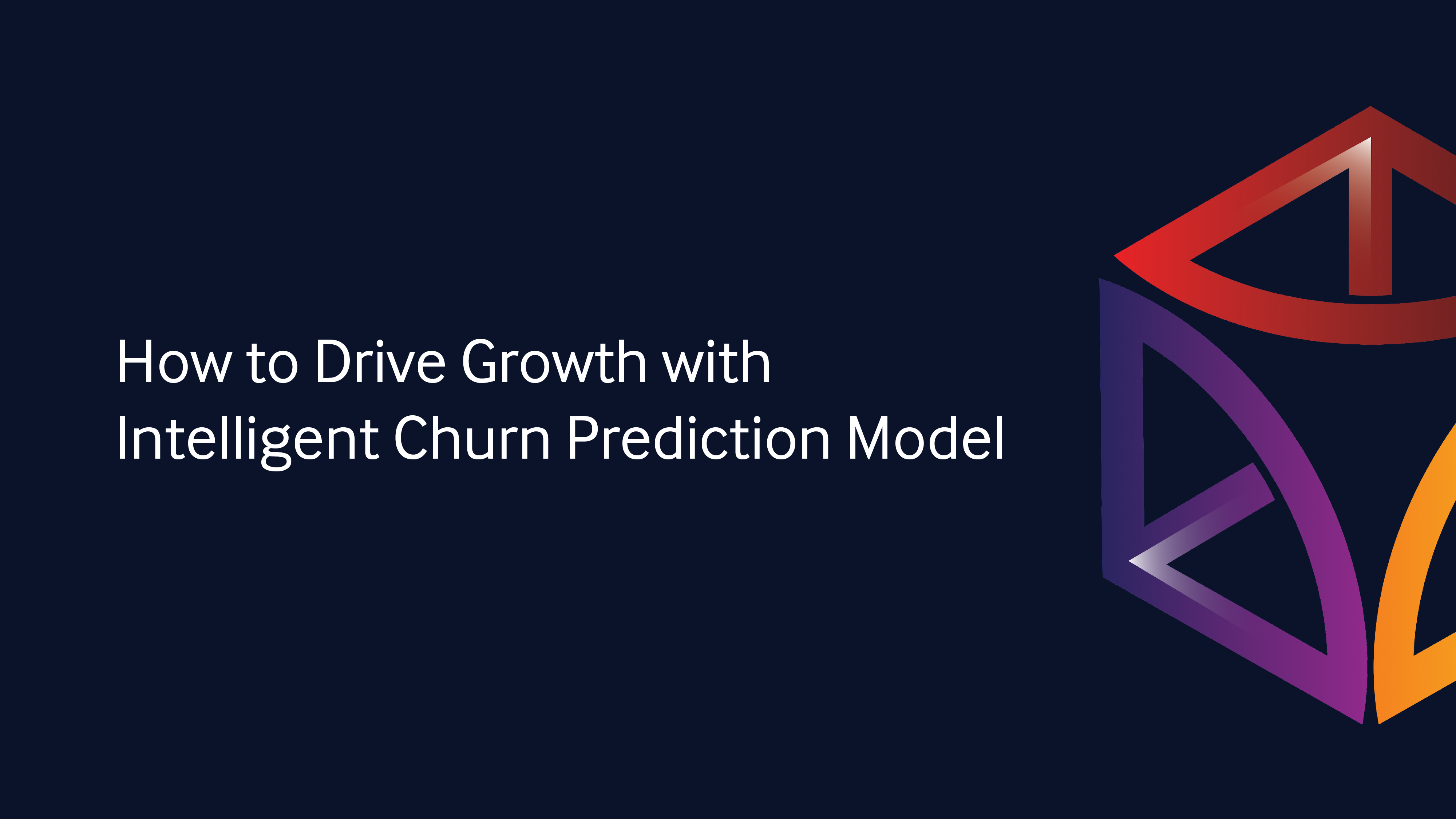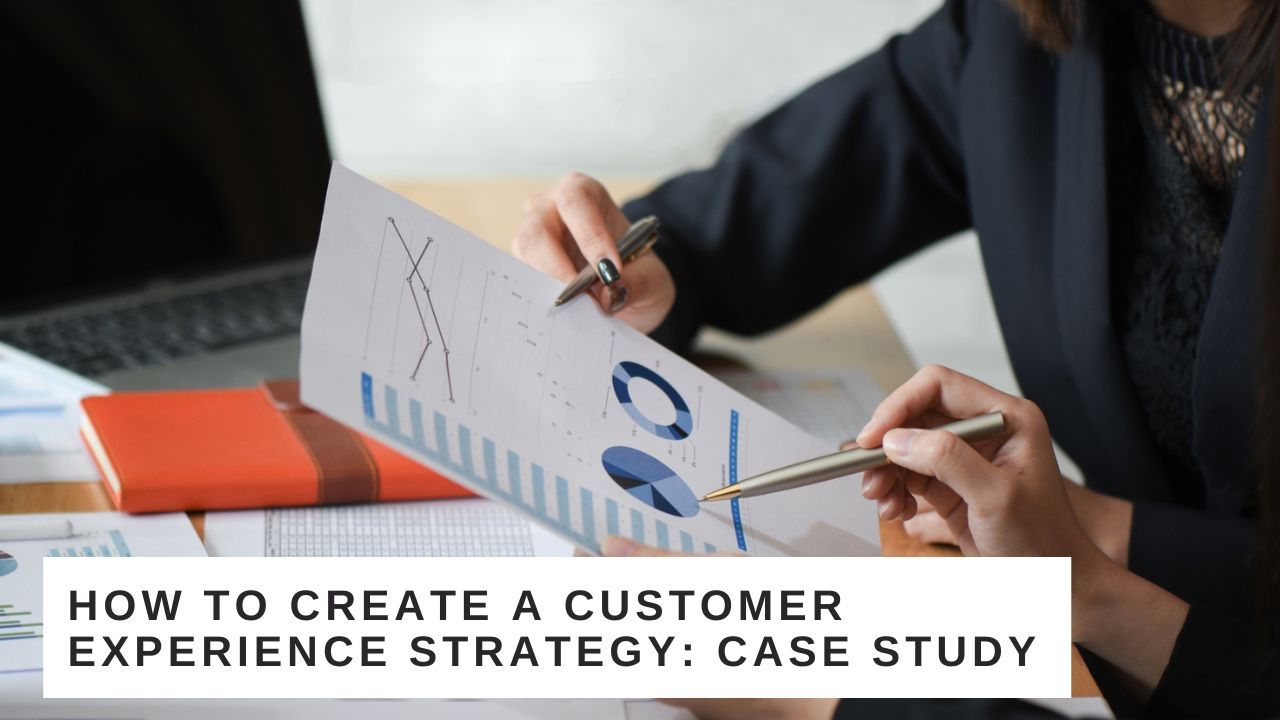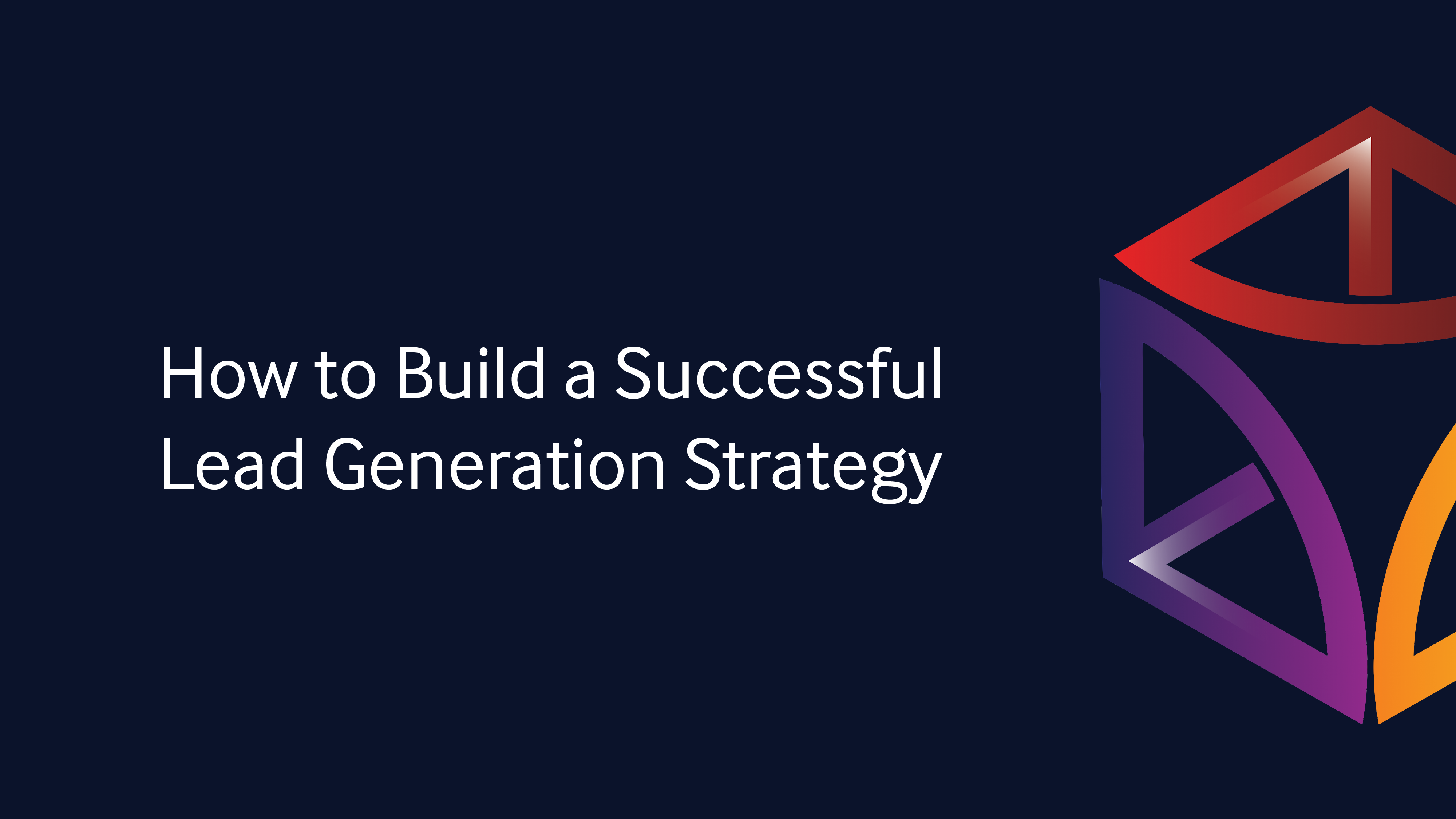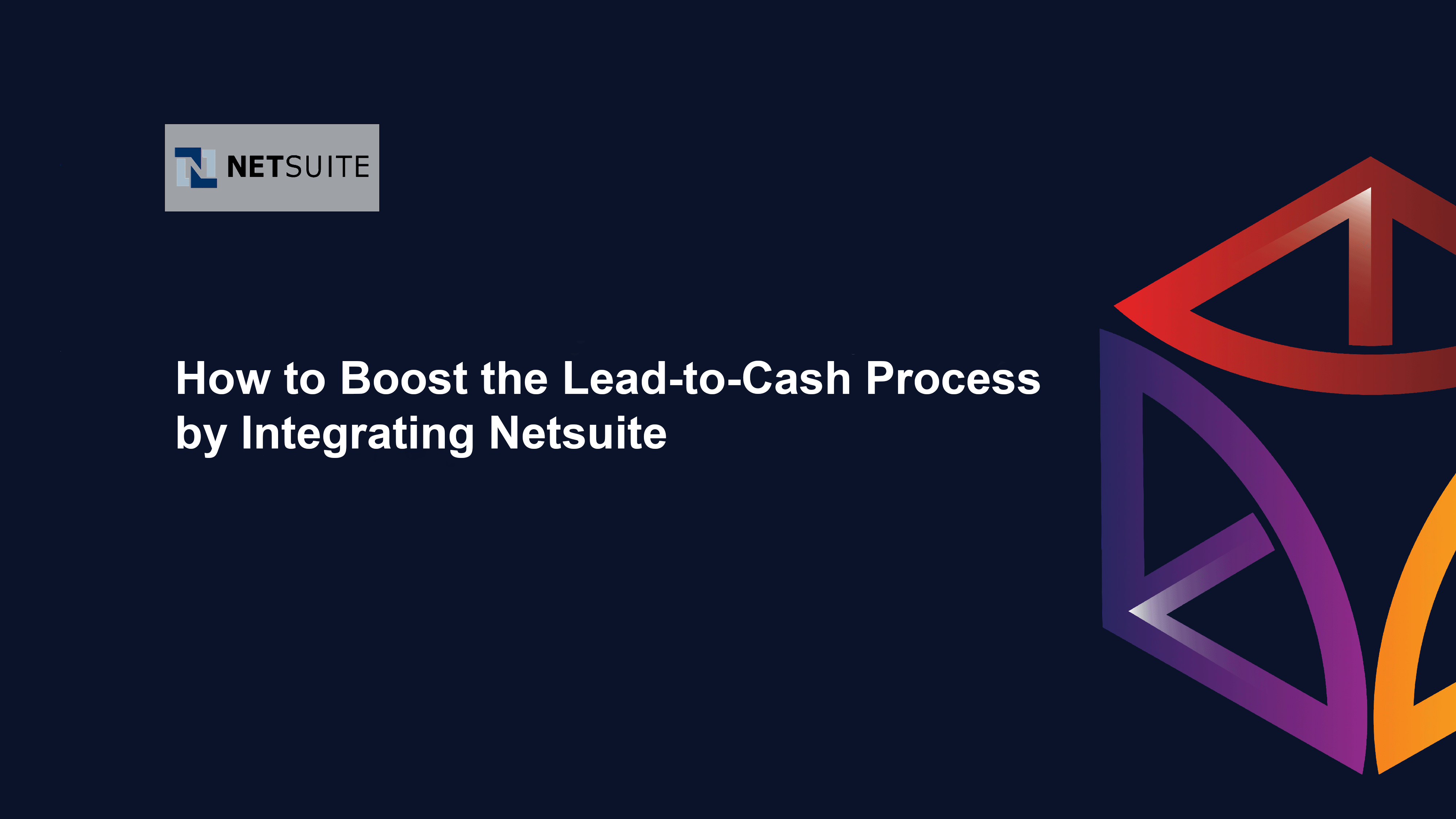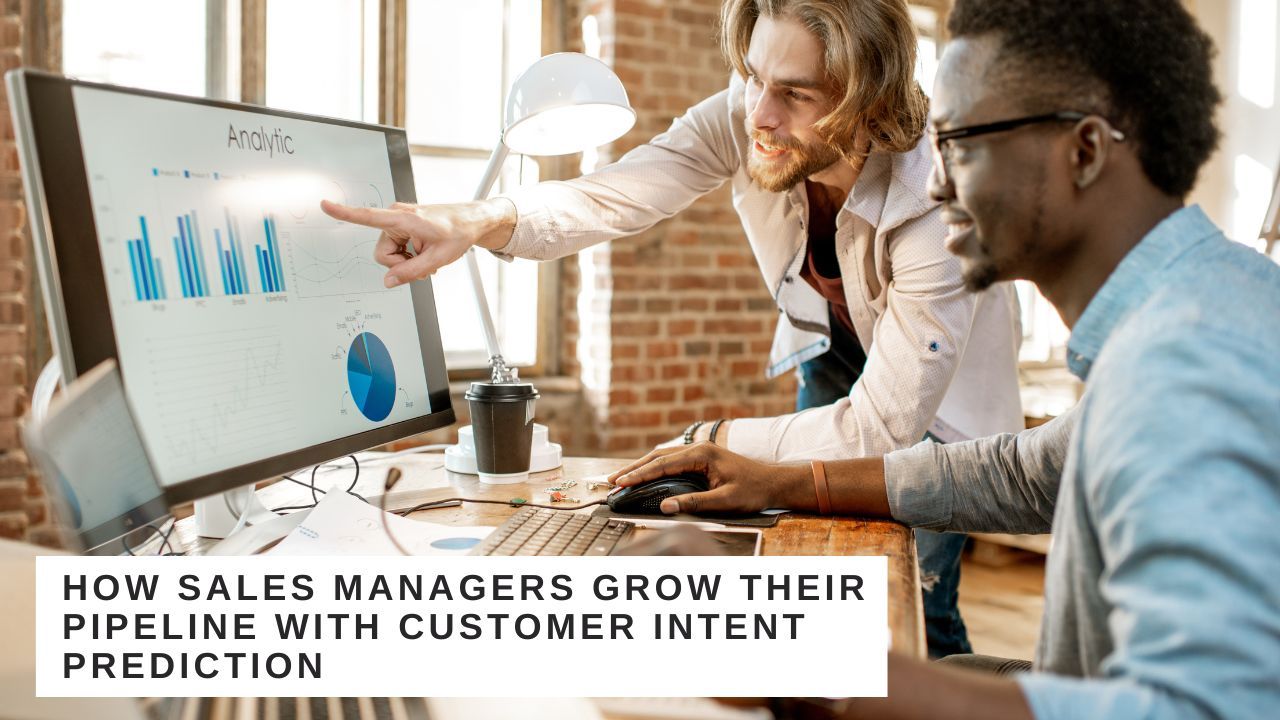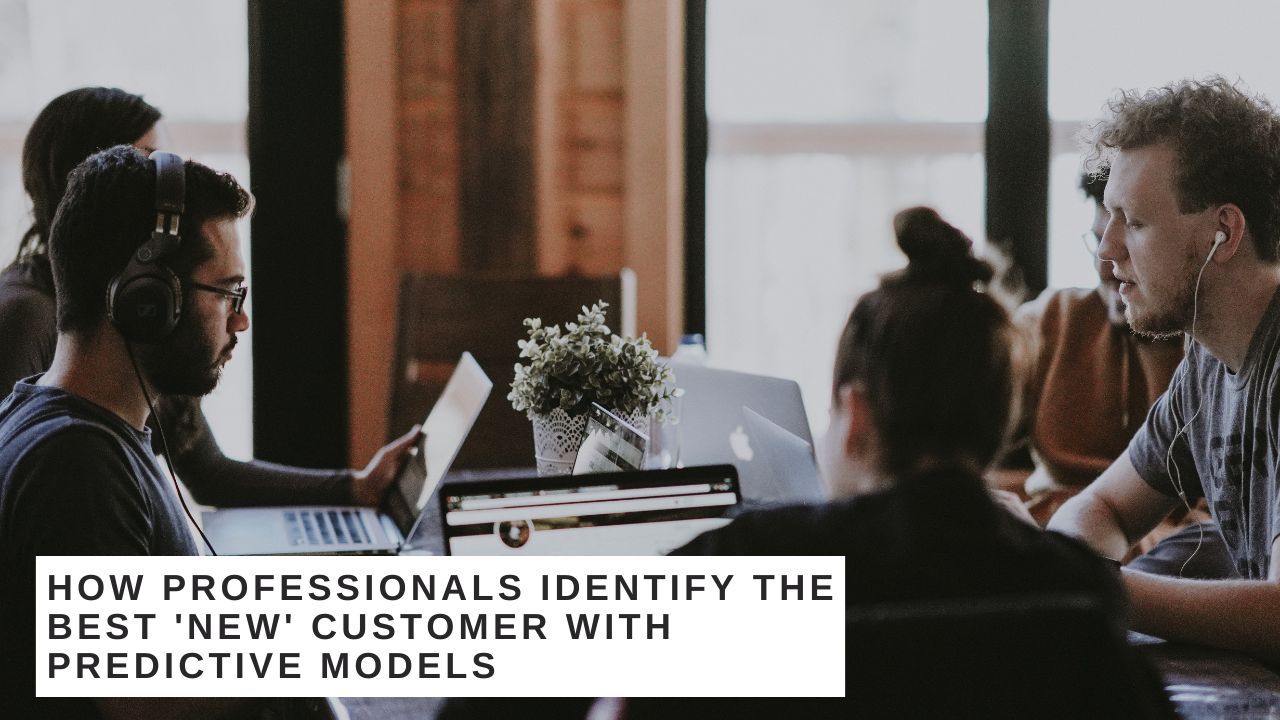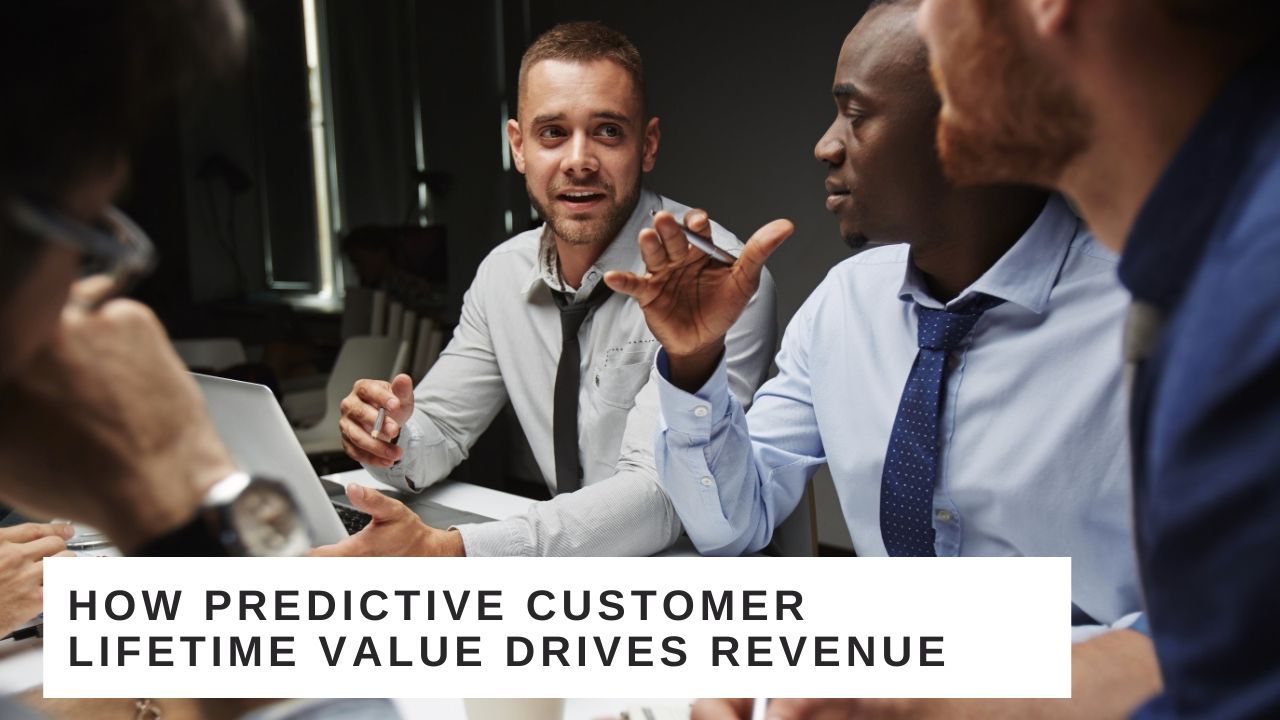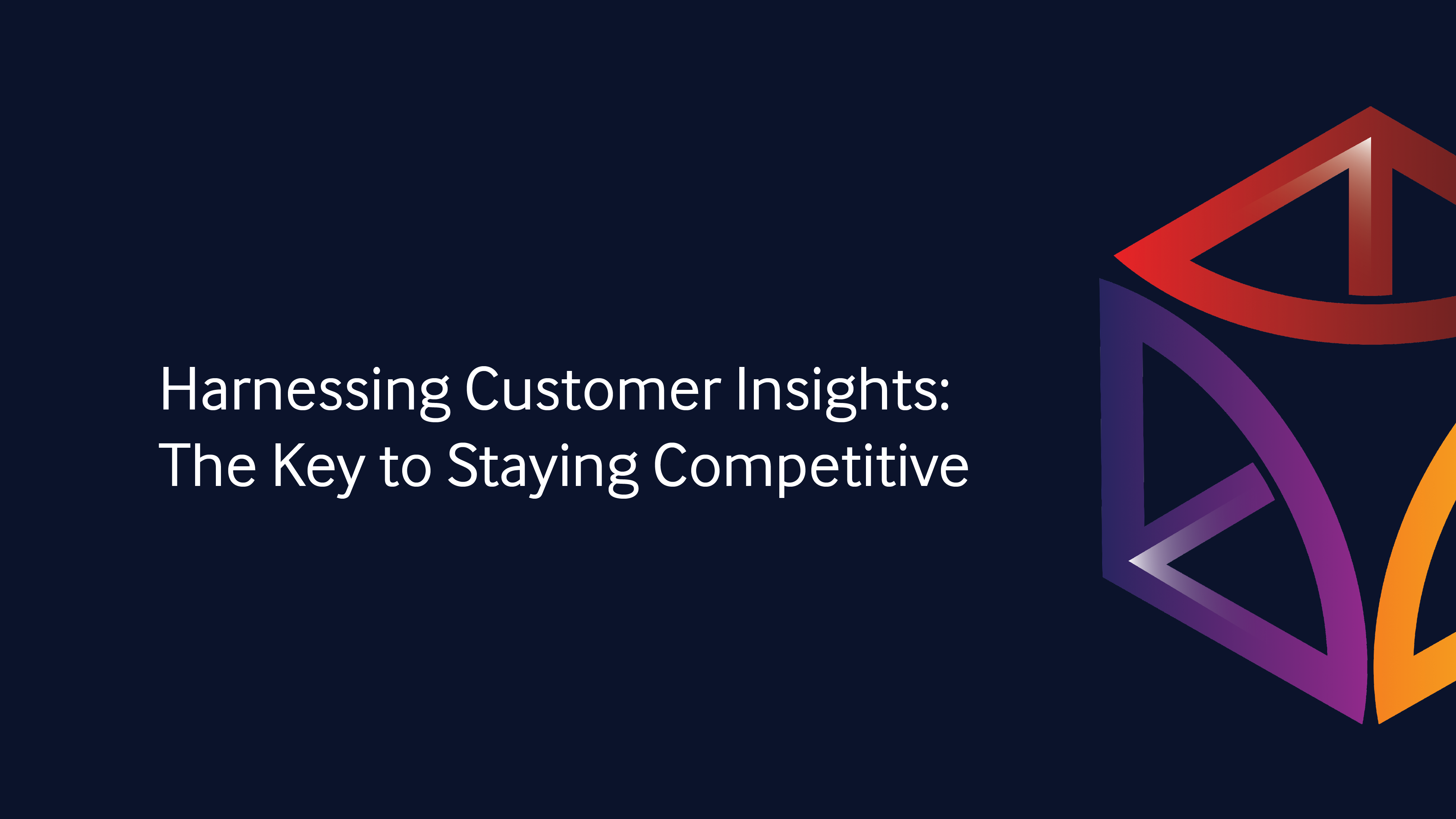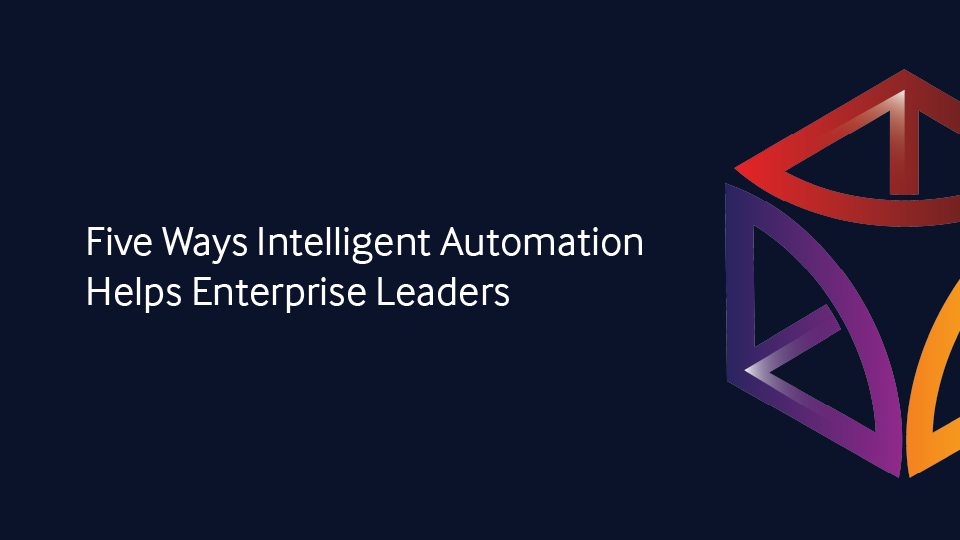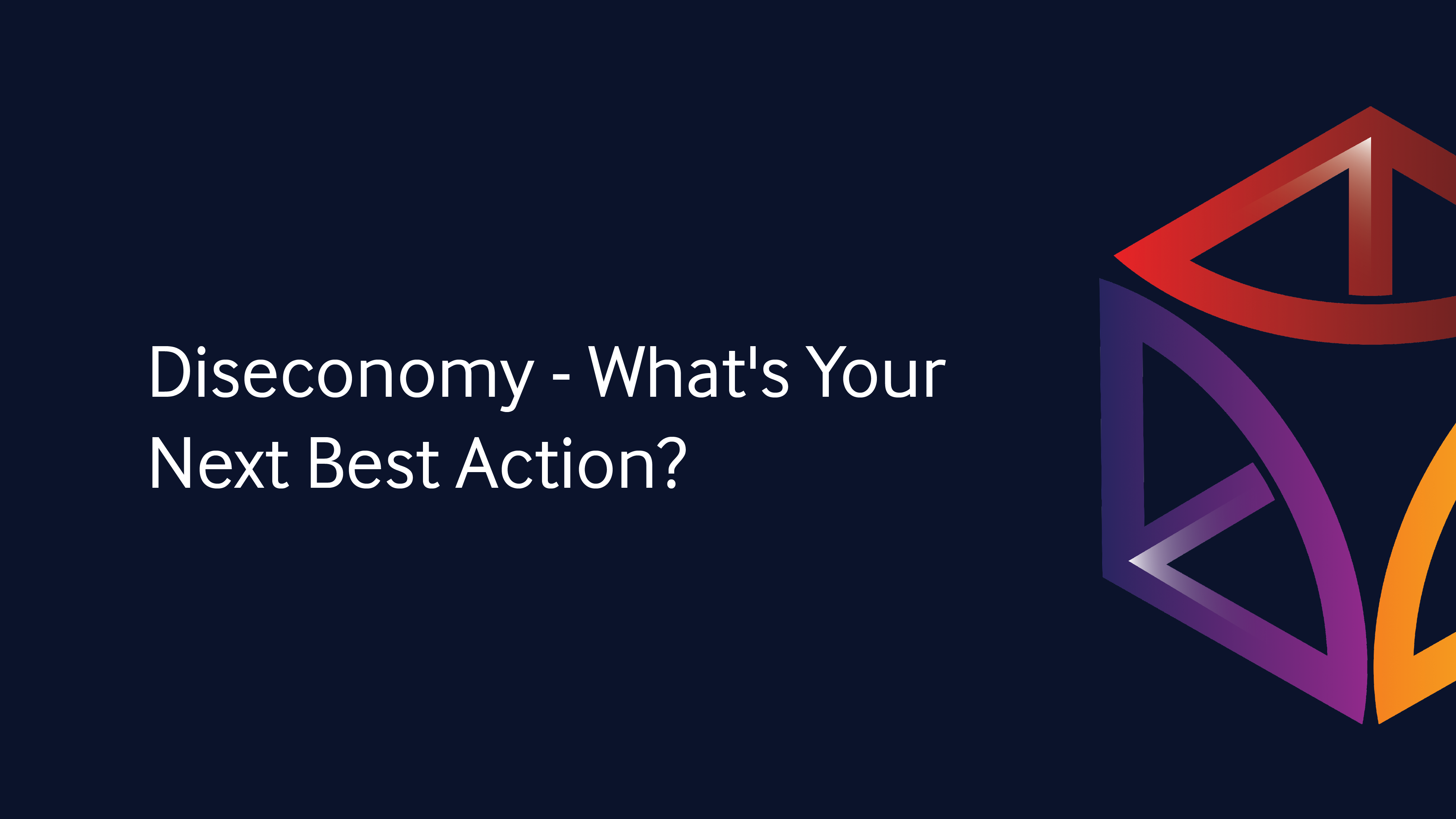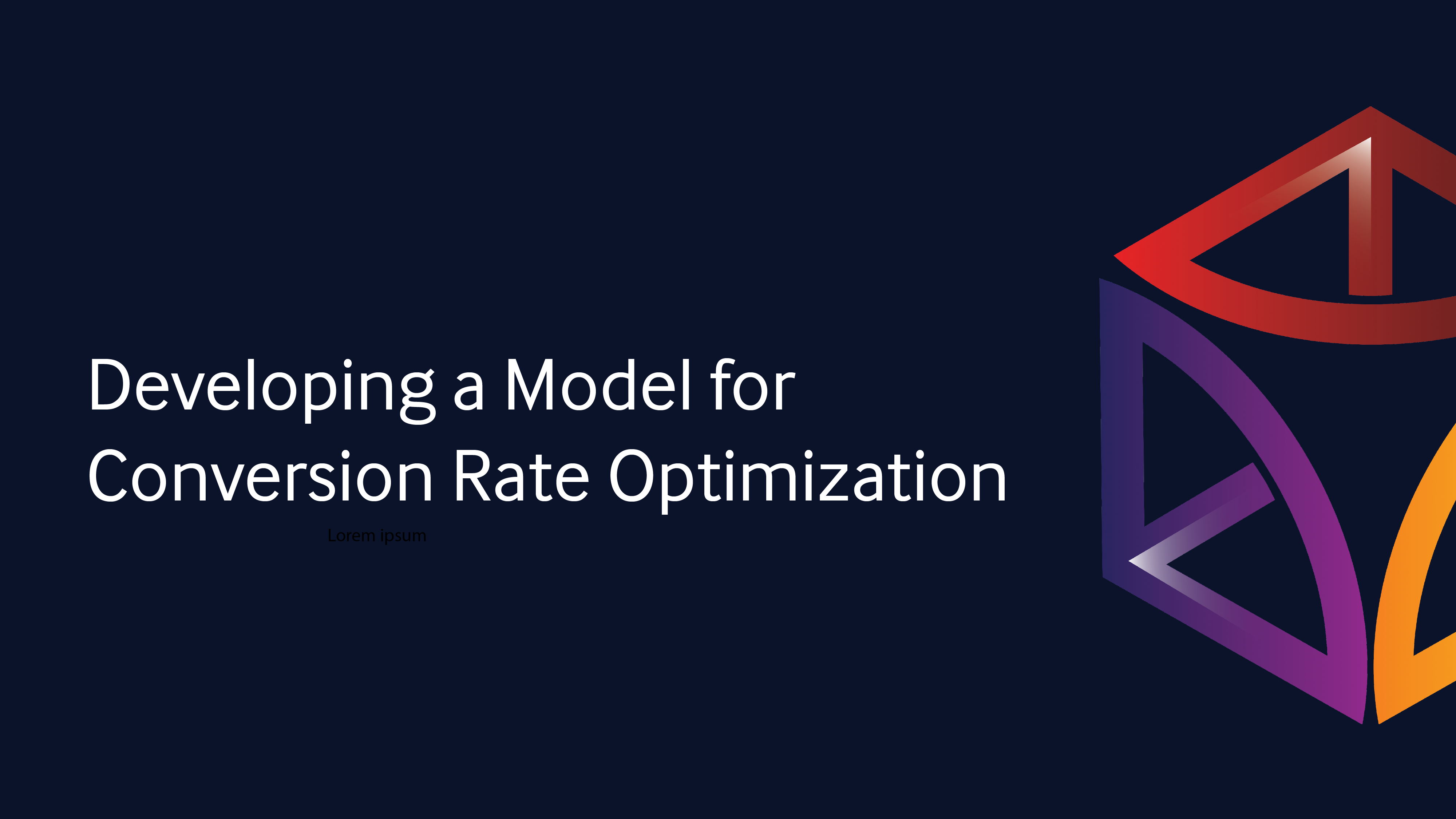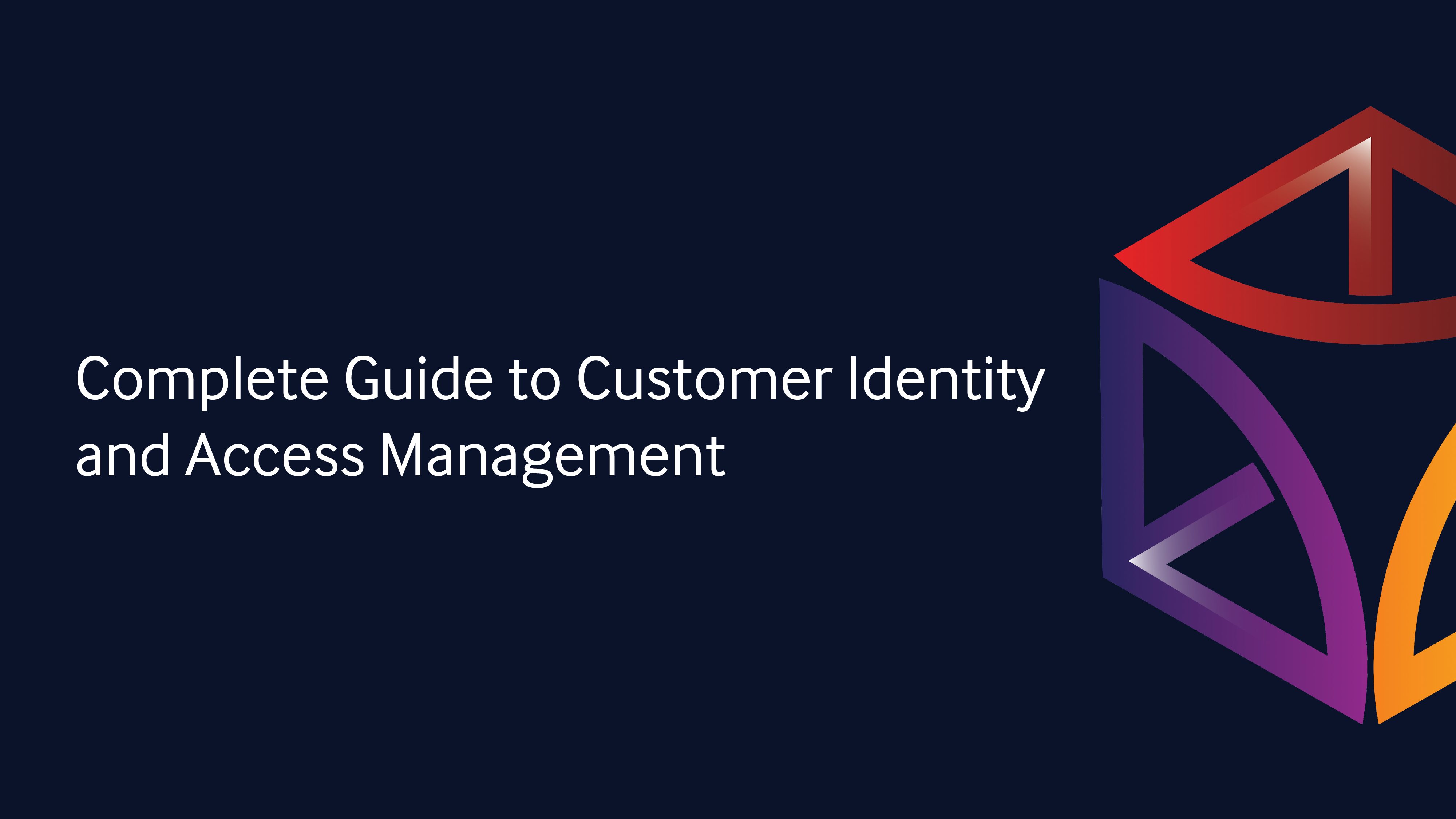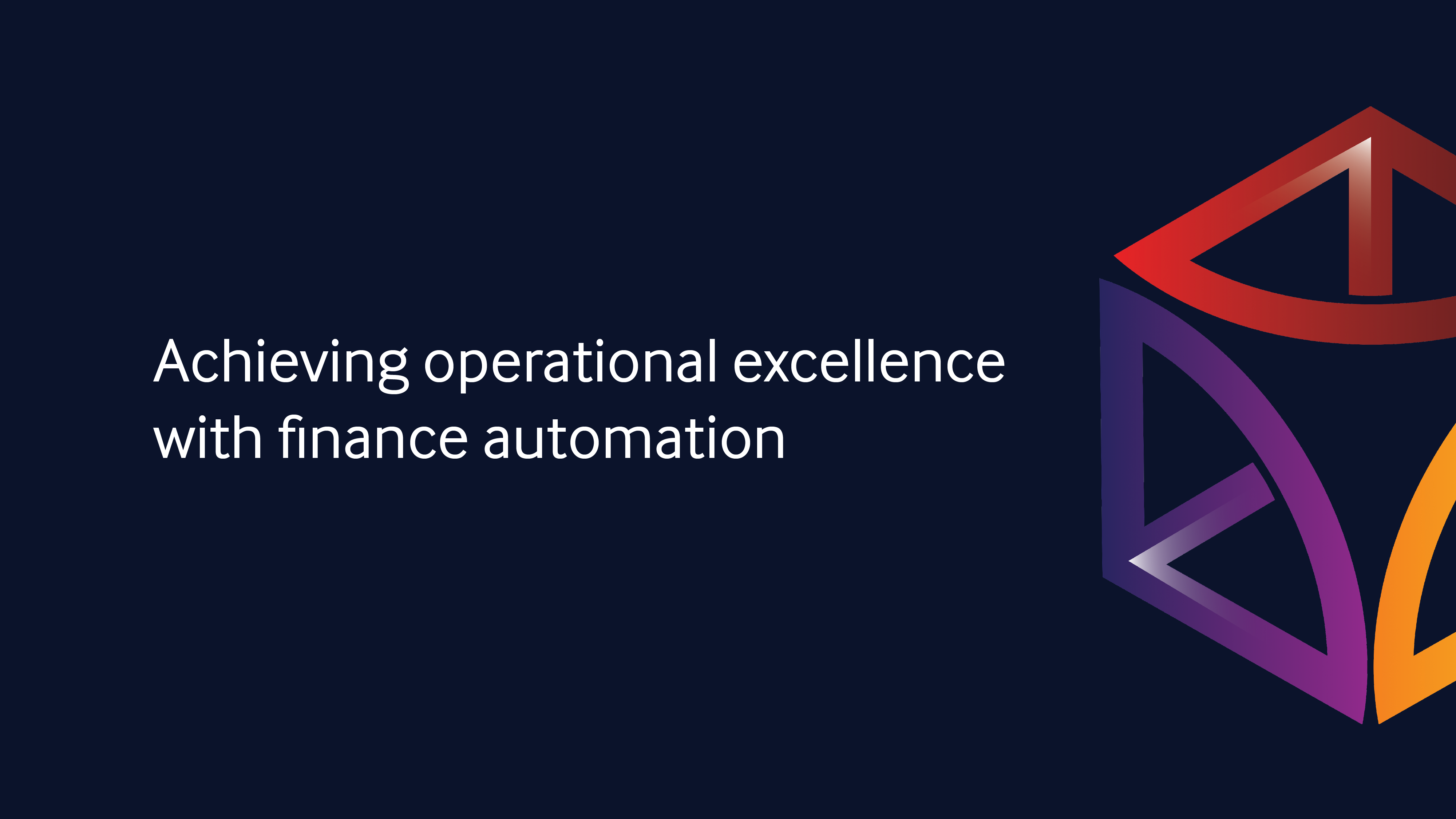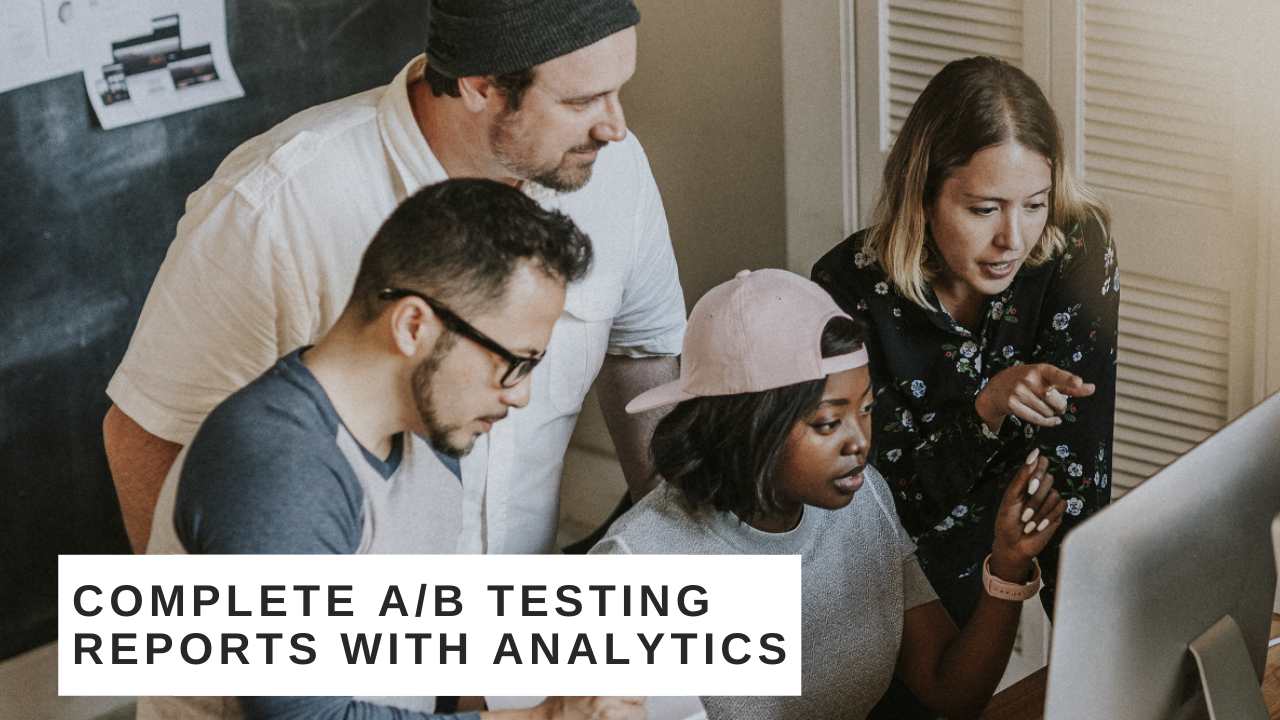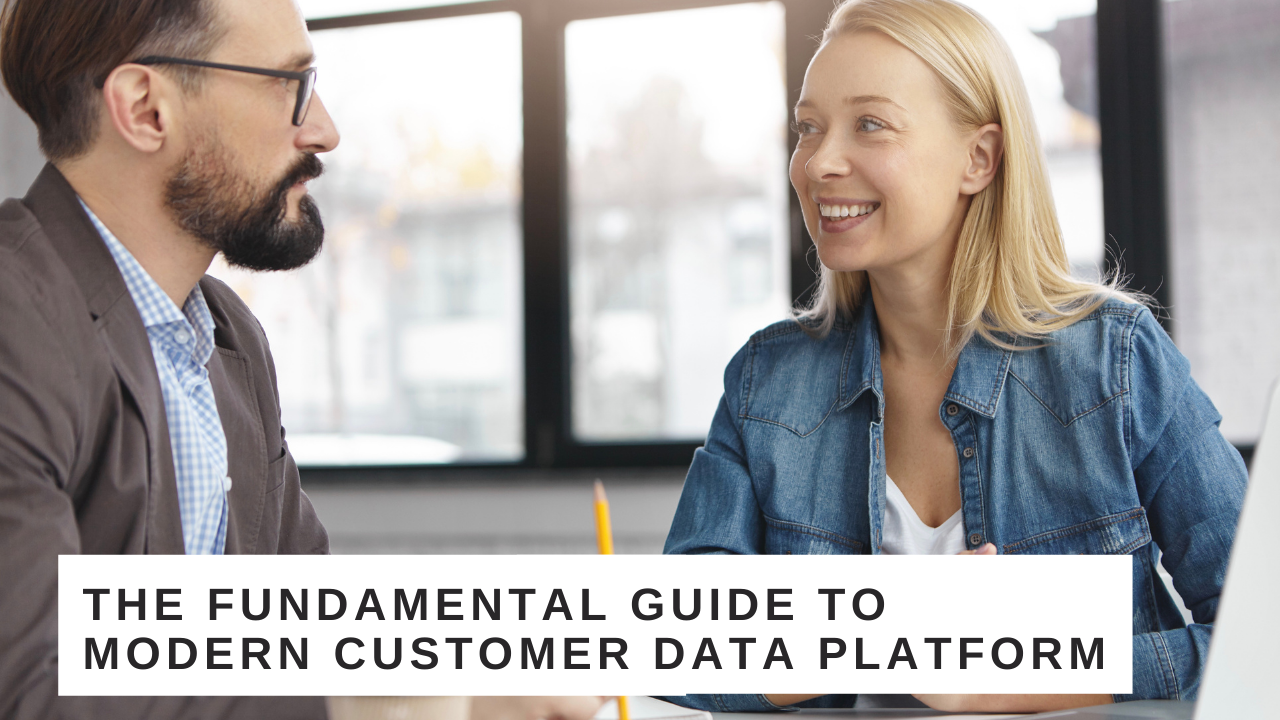How Sales Managers Grow Their Pipeline with Customer Intent Prediction
Knowing the customers’ intent gives marketing and sales teams power over not just their journey through the sales funnel but also allows them to predict future behavior and create campaigns that will address different personas. Marketers are disadvantaged when creating top of funnel without this crucial information because they don't quite understand what customers want.
6 minute read

By leveraging predictive customer analytics, sales managers can improve the engagement strategy, deliver personalized experiences to customers based on what they want and need, and give them better customer service — exactly what they're looking for when they're looking for it.
It's no surprise that more businesses are seeing the advantages and devoting more significant proportions of their budget to customer intent; only one percent of companies are yet to start using intent data in some way, with 39% of businesses spending more than half of their budget to gather and use intent data.
Over two-thirds of consumers anticipate that the brands they frequent will understand their specific needs well. Indeed, customers are frustrated by impersonal shopping experiences in approximately 70% of cases. Fortunately, sales managers can use customer intent prediction to understand their customers' needs and improve sales pipeline management.
But how do you predict customer intent?
6 Steps How to Predict Customer Intent
Here are five sure steps to follow when predicting customer intent:
Find out the ideal buyer persona to target
Knowing who your ideal customers are will help you better understand their needs. Look at your current customer base and analyze their demographics, location, income, interests, and behavior. Based on this information, create your buyer personas that will most likely convert.
Identify customer intent to purchase
Once you know your target customer, you need to identify their intent. There are a few different ways to identify a customer's intent to purchase, but one of the most effective is to look at their search history. This will give you an idea of what they're interested in and what they may be looking to buy.
Get signals on customer journey
Find out how consumer digital signals are reshaping the customer journey. You can get this information from anything from what pages they're visiting on your website to how much time they spend on each page. The more you know about their journey, the better you'll be able to predict their intent.
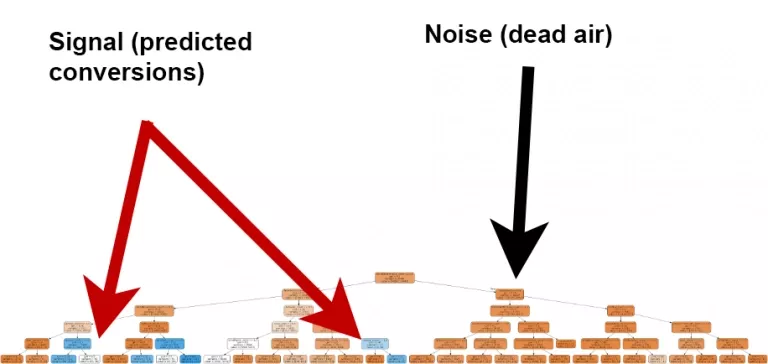
Assess conversion likelihood with lead scoring
Predictive lead scoring is an excellent conversion prediction method. By looking at factors like job title, company size, and budget, you can know how likely a lead is to convert. You can use predictive lead scoring software to automate this process. A marketing automation platform should offer this functionality.
Plan and forecast pipeline growth
Once you've identified your target customers and their intent, you can start planning and forecasting your pipeline growth. This will help you understand how many customers you need to close to reach your goals.
Get early signs of customer churn with Predictive CLV
Customer lifetime value predictive analytics helps sales managers see early signs of customer churn and take necessary actions to retain them. By combining predictive CLV with customer experience score and purchase history, you can see which churned customers hold the potential to bring in higher profits if they are successfully retained.
Following the six steps above, you can better predict customer intent and grow your pipeline. However, keep in mind that this is just the beginning. You'll need to continuously monitor your data and adjust your strategy as needed.
Here's a look at two customer predictive intent use cases: how sales managers grow their pipeline with customer intent prediction.
Use Case: Purchase Intent Customer Segmentation for eCommerce
If you sell products online, you know that customer segmentation is key to success. By understanding the purchase intent of your customers, you can segment them based on their likelihood to buy. This will allow you to create targeted campaigns that speak to their needs and increase your chances of making a sale.
You can leverage an AI and machine learning platform as a solution to analyze data points and derive each online shopper's purchase intention during each session from numerous sources. Collecting the user behavior data and comparing it to other customer journeys who have purchased in the past will help you identify intent.
From such data, AI can forecast the purchase intent for products and services by using the signals hidden across many engagement pain points. Leveraging AI for predictive lead scoring in marketing reduces the guesswork and makes the process more data-driven and the predictions accurate.
Use Case: Spend Intent Segmentation for eCommerce
Another excellent use case for customer intent prediction is spent intent segmentation for eCommerce. By understanding how much your customers are willing to spend, you can better segment them and create targeted campaigns. Introducing a new pricing schema for products will bring recurring revenue for the business and will also increase customer lifetime value.
To do this, you'll need to collect data on your customers' spending habits. Consider the spending intentions of customers and create the segment of who would purchase product X for price Y.
You can use conditions to create the spending intent-based segment:
- Purchase is greater than $X
- Purchase is less than $Y
- Purchase is within the last 30 days
- Purchase is outside of the United States.
With these filters for targeting in sales, you could list the customers who can spend beyond the set threshold. Also, by specifying the transaction period, the company could discover customers who frequently purchase more than those who don't. The spending intent segments can also be created for specific areas, like the United States, to ensure that only the relevant people are targeted.
Key Takeaways
- Customer intent prediction is a great way to grow your pipeline. Understanding the factors influencing customer behavior enables you to better segment them and create targeted campaigns.
- Lead scoring is a great way to assess the likelihood of a customer converting. By looking at factors like job title, company size, and budget, you can know how likely a lead is to convert.
- Once you've identified your target customers and their intent, you can start planning and forecasting your pipeline growth. This will help you understand how many customers you need to close to reach your goals.
- Continuously monitor your data and adjust your sales strategy as needed. Things change quickly in the world of sales, so it's important to be flexible and adaptable.
Context is more important than ever before. It's no longer just about connecting one system to another. It's about connecting people, systems, and data so that they collaborate freely to build a cohesive data narrative that accurately predicts customer intent. Put It Forward's predictive modeling platform is an integrated customer intent suite of modern tools to help you know where your customers will come from and what will turn them into one.
Are you looking to grow your pipeline with customer intent prediction? Talk to our team at Put It Forward today, and let's guide you through that journey.

Elsa Petterson
Partner success manager @ Put It Forward
